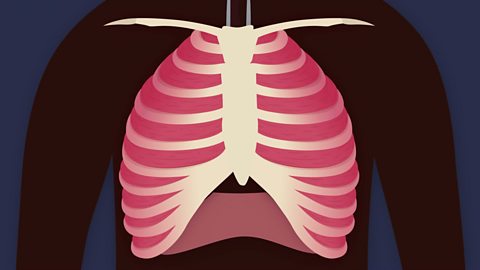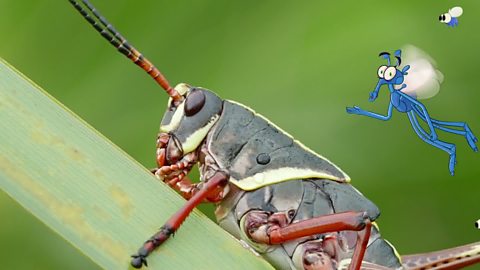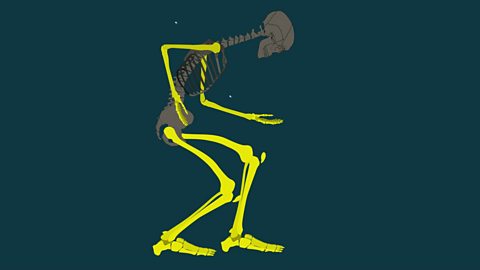How do plants get energy to grow?
Video - How plants get energy and food to grow
In this video, learn how plants get energy and food to grow through processes called photosynthesis and respiration.
Learn about photosynthesis and respiration, and how plants gain nutrients to grow.
Right then class.
For this lesson, weŌĆÖve come to the wood to learn all about what goes on inside plants.
Plants and animals are quite different in the way they work.
Animals, like this squirrel, breathe in oxygen and eat food, which gives them energy and nutrients they need to live and grow.
Plants make their own food by taking in water from the soil, mainly through their roots, and carbon dioxide from the air, mainly through their leaves.
Through the action of sunlight and chlorophyll, they make food and oxygen in their green parts through an amazing process called photosynthesis.
But plants donŌĆÖt just take in carbon dioxide and release oxygen.
They also absorb oxygen and release carbon dioxide through respiration.
Respiration is the process through which plants break down food to release the energy they need to grow.
Plant roots absorb oxygen from the gaps in the soil through their root hairs or from air through the skins of their stems, or, if theyŌĆÖre trees, through openings in their trunks called lenticels.
Plant leaves, where most of the respiration happens, exchange gases with the air through tiny pores called stomata.
Plants donŌĆÖt poo and wee like animals do.
Instead, waste products collect in their leaves and bark, which are lost when they fall off.
Some trees store waste deep inside their heart wood or else turn it into sticky resins or gums.
AhŌĆ” I think I may be stuck in some resin.
Help me out, would you kids?
Oh dearŌĆ”
Quiz
More on Body systems
Find out more by working through a topic
- count7 of 25

- count8 of 25

- count9 of 25
